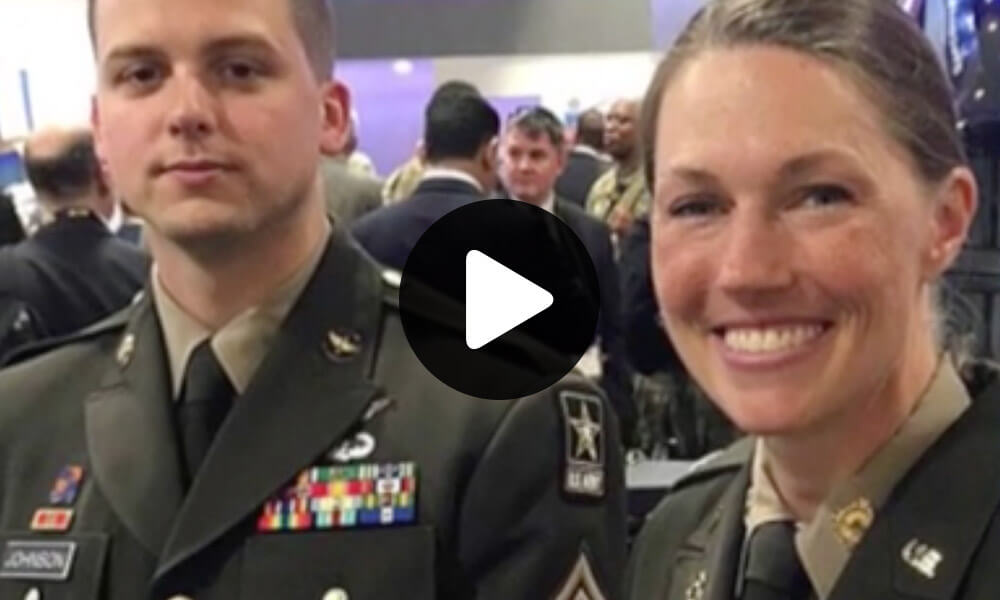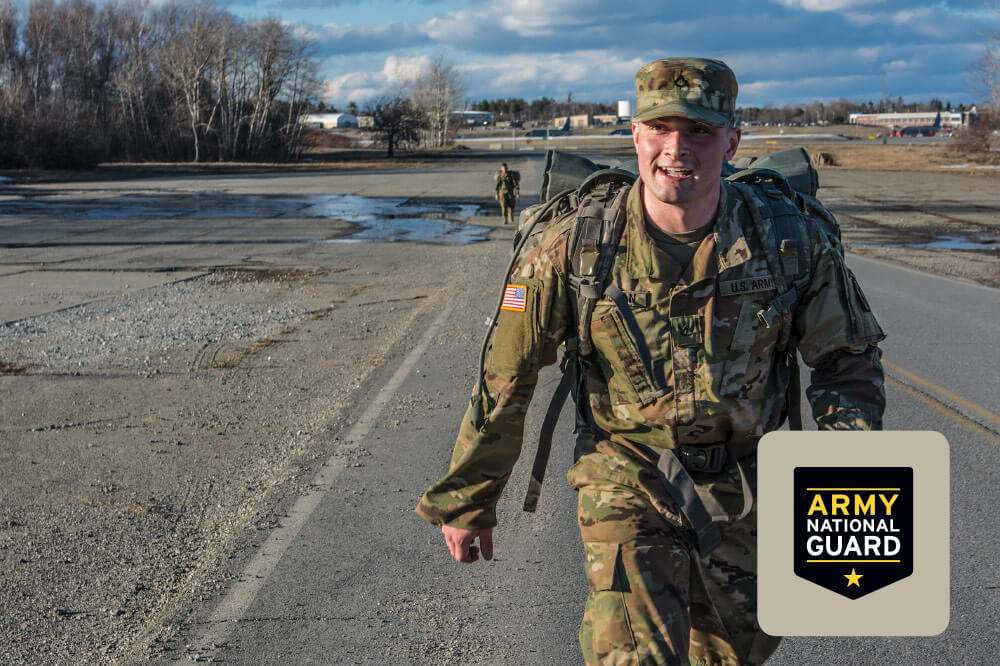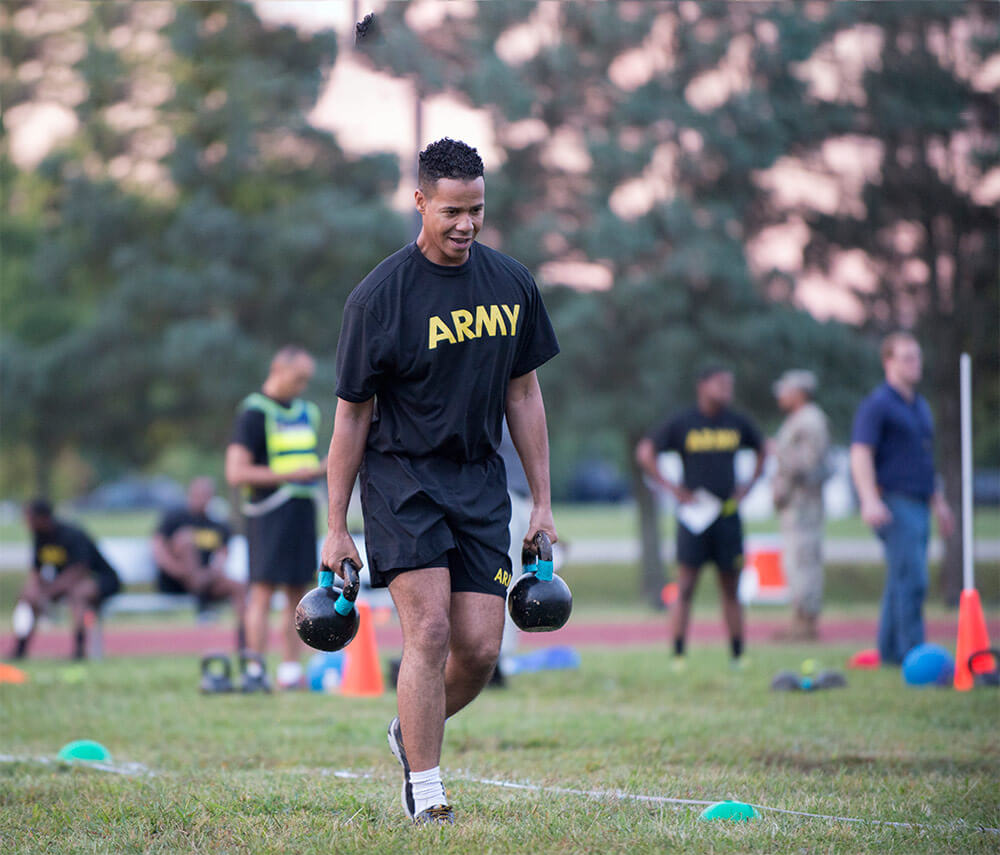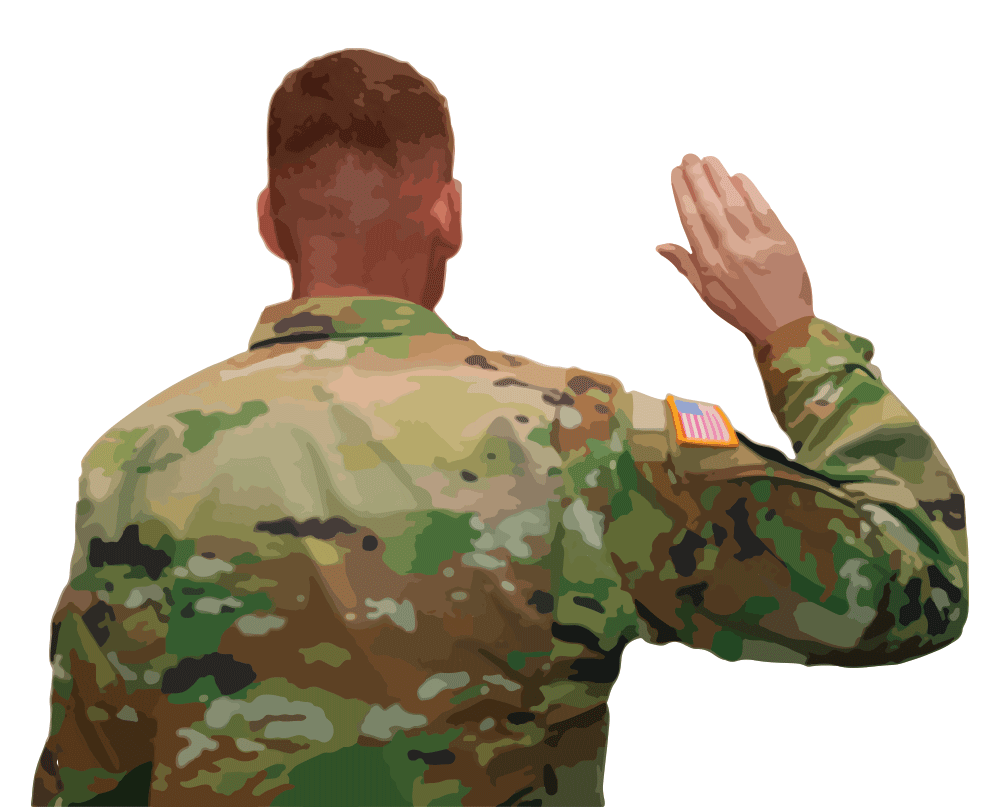An Army Throwback Poised to Make a Comeback
When you looked at them you said, ‘Man, that’s an American Soldier!’”
That’s how Sergeant Major of the Army Daniel Dailey described people’s reaction to the sight of Soldiers wearing the classic WWII-era Army service uniforms, more commonly referred to as Pinks and Greens. The Army may decide as early as this year to reinstate the iconic uniform, which was phased out in the 1950s after 61 years in service.
SMA Dailey reflected on the possible return of the uniform in an interview last December with PEO Soldier. “It is the symbol, for me, of the American Soldier,” he said. “It resonates, and still to this day, people can remember what a Soldier looked like in the Pinks and Greens.”
The original Pinks and Greens uniform was in use from the early 1930s to the early 1950s, and is often regarded as the best dress uniform the U.S. Army has ever fielded. The “Pinks” were the issued khaki trousers, sometimes being perceived as having a slight rose hue. The “Greens” was the dark green wool coat that went with the trousers. Together, they were the official winter service uniform of the Army. Unofficially, the uniform became known as the “Pinks and Greens.”
Inspired by SMA Dailey’s goal to use the nostalgia of the Pinks and Greens to reconnect today’s Soldier with the history of the Army, Army Times conducted a survey in October of last year polling readers’ opinions about the Pinks and Greens. Responses were overwhelmingly positive, with more than 70 percent of the Soldiers surveyed supporting the return of the historic uniform.
Based on this and similar findings, the Army is led to believe the re-emergence of the uniforms will serve to strengthen Soldier pride and help bolster recruiting.
“[World War II] was a point in history where Soldiers were highly respected, and there was a sense of nationalism in the country,” SMA Dailey recently said. “[Today,] we are in another time in history where there is this great nationalism throughout our country and this great respect for our Soldiers. We want to show off our great Soldiers, and we think the Pinks and Greens uniform is the right uniform to do that.”
Engaging and promoting pride in our Soldiers is only one reason the Army is considering the return of the Pinks and Greens. They would also fulfill a more practical function – one that Soldiers have been in need of for quite some time.
“The Chief [of Staff] and I agree that we need a service uniform – something a Soldier can wear day-to-day when they are not wearing the battle dress uniform, and feel and look like professional Soldiers,” SMA Dailey said.
If reinstated, a modernized yet historically accurate version of the uniform would serve as everyday business attire for Soldiers of all ranks. The current blues would then cease to be used as an Army Service Uniform altogether. However, the dress blue uniform would continue to be used for formal, black-tie occasions. The new uniform would feature higher quality fabrics and be tailored to fit each Soldier. Manufacturing would incorporate an environmentally friendly textile production process that would be used for the first time in the United States.
The Army’s highest-ranking NCO said the Army would be producing “a uniform that’s going to last longer, be very functional and fit our Soldiers very well.”
The Army is still determining the future of the Pinks and Greens. Soldiers have modeled prototypes of the new uniform at multiple venues, including a traveling historical exhibit held at Army installations and public events, the 2017 Association of the U.S. Army Annual Meeting and Exhibition and the 2017 Army-Navy football game, where SMA Dailey donned a prototype himself. Feedback given at these events has shown tremendous support for a return to the illustrious uniforms.
As part of the final decision-making process, a limited-user evaluation with 150 Soldiers from the New England Recruiting Battalion is scheduled to take place this year. Based on Soldier feedback, the Army will make a decision on the uniform in 2018.
By STAFF WRITER Matthew Liptak




